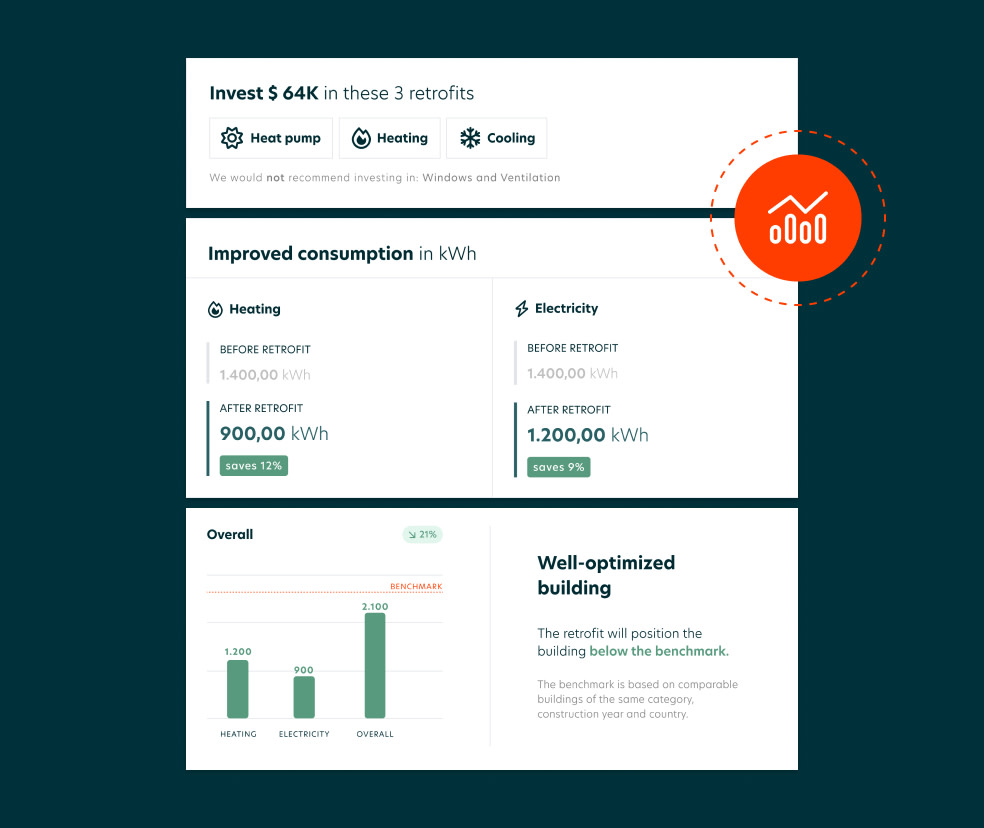Primary Energy Demand & Nearly Zero-Energy Buildings
Bridging Science and Real Estate: The Benchmark Project
The EU Taxonomy establishes building sustainability benchmarks using Primary Energy Demand (PED) and Nearly Zero-Energy Buildings (NZEB) criteria, aiming to promote transparent, sustainable investments. However, unclear definitions and varied EU standards create market uncertainty.
BuildingMinds collects and publishes essential benchmark figures for compliance, continually broadening our collection through research of public sources, including official regulations, scientific studies, and real estate associations.
Click on your country of interest and explore its benchmarks!
Select country
Transparent data sources






Which benchmarks do real estate owners need?
For buildings built before 2021, significant climate mitigation contribution requires an Energy Performance Certificate (EPC) class A or being in the top 15% of national/regional PED. Since some EU member states lack EPC letter classes, the 15% PED benchmark is crucial. Newer buildings must have PED at least 10% lower than NZEB requirements set by each member state.
Under EU Taxonomy, sustainable buildings can also contribute to climate adaptation by meeting 'Do no significant harm' criteria: older buildings in the top 30% of regional PED and newer ones following national NZEB requirements.
BuildingMinds Transparency Initiative: THE BENCHMARK
The benchmark project supports BuildingMinds customers and the real estate industry in transitioning to energy-efficient, carbon-neutral buildings. BuildingMinds publicly shares this knowledge, making it accessible to all real estate stakeholders.





